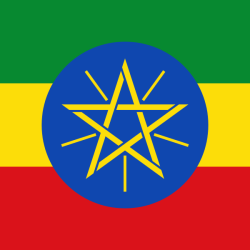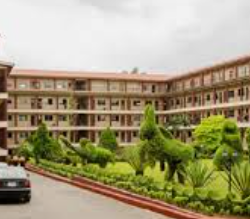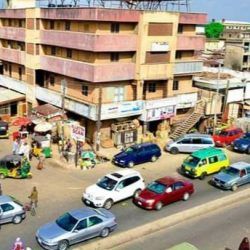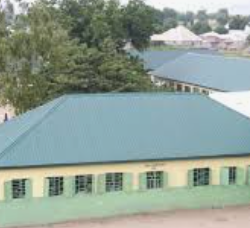1. Jialing and Yangtze Rivers
Chongqing, China, is home to one of nature’s most mesmerizing spectacles: the confluence of the Jialing River and the Yangtze River. This unique phenomenon, where two rivers of distinctly different colors meet but do not immediately mix, creates a striking visual contrast that has fascinated visitors, scientists, and photographers alike.
Located at Chaotianmen, this natural wonder is a powerful symbol of Chongqing’s significance as a historical, economic, and cultural hub. The breathtaking sight of the light blue-green Jialing River merging with the muddy brown Yangtze River showcases the immense power of water currents and sedimentation.
But what causes this fascinating difference in colors? And why does it take time for the rivers to blend? Let’s dive deep into the science, history, and beauty of this natural marvel.
2. Understanding the Two Rivers
The Jialing River
- Origin: Starts in the Qinling Mountains of Shaanxi Province
- Length: Approximately 1,119 km (695 miles)
- Characteristics: Known for its clearer, bluish-green waters due to lower sediment levels
- Tributary of: The Yangtze River
The Jialing River flows through several provinces, including Shaanxi, Gansu, and Sichuan, before reaching Chongqing. Its low sediment load gives it a transparent, greenish appearance, which starkly contrasts the Yangtze.
The Yangtze River
- Origin: Tibetan Plateau
- Length: 6,300 km (3,915 miles) (longest river in Asia)
- Characteristics: Brown, sediment-heavy waters due to erosion from the upper reaches
- Flow direction: Moves from western China towards the East China Sea
The Yangtze River, being one of the world’s longest and most powerful rivers, collects vast amounts of silt, sand, and minerals along its journey. Its strong current and high sediment concentration give it a muddy brown color.
3. Why Do the Two Rivers Have Different Colors?
Several factors contribute to the difference in color between the Jialing and Yangtze Rivers:
- Sediment Load: The Yangtze River collects a high volume of sediment from the Tibetan Plateau, making its water appear muddy brown.
- Flow Speed: The Jialing River has a slower flow, allowing sediment to settle and keeping its waters clearer.
- Seasonal Changes: After heavy rains, the Yangtze’s sediment levels increase, making the color contrast more dramatic.
4. The Science Behind the Confluence
At Chaotianmen, the two rivers do not immediately mix due to differences in:
- Water Density: The Yangtze’s denser water moves more forcefully, while the Jialing’s lighter water stays separate.
- Temperature Variations: Temperature differences between the two rivers affect how quickly they blend.
- Current Strength: The Yangtze’s stronger flow pushes against the Jialing’s calmer current, delaying mixing.
Over time, these waters gradually merge, but the distinct color separation remains visible for several kilometers.
5. Where Does the Phenomenon Occur?
The confluence takes place at Chaotianmen Dock, a significant landmark in downtown Chongqing. This area serves as a major transportation hub and tourist attraction, offering panoramic views of the merging rivers.
- Address: Yuzhong District, Chongqing, China
- Coordinates: 29.5693° N, 106.5887° E
6. The Cultural and Historical Importance of Chongqing’s Confluence
The merging of the rivers at Chaotianmen has long been a symbol of unity and power in Chinese culture. It played a vital role in:
- Trade and commerce: Chongqing, a key port city, thrived due to river transport.
- Military significance: The confluence provided natural protection during ancient times.
7. Best Time to Visit
For the most striking contrast in water colors, visit during:
- Spring (March-May) – When rainfall increases sediment levels in the Yangtze.
- Autumn (September-November) – When weather conditions are clear, ideal for photography.
8. How to Reach the Confluence?
By Air:
- Chongqing Jiangbei International Airport (CKG) is the nearest airport.
By Train:
- Chongqing Railway Station connects major Chinese cities to Chongqing.
By Boat:
- Yangtze River Cruises offer the best view of the merging waters.
9. What to Do at Chaotianmen Dock?
- Take a cruise on the Yangtze River
- Explore Hongya Cave (a famous riverside cultural district)
- Visit Chongqing Raffles City for rooftop views














